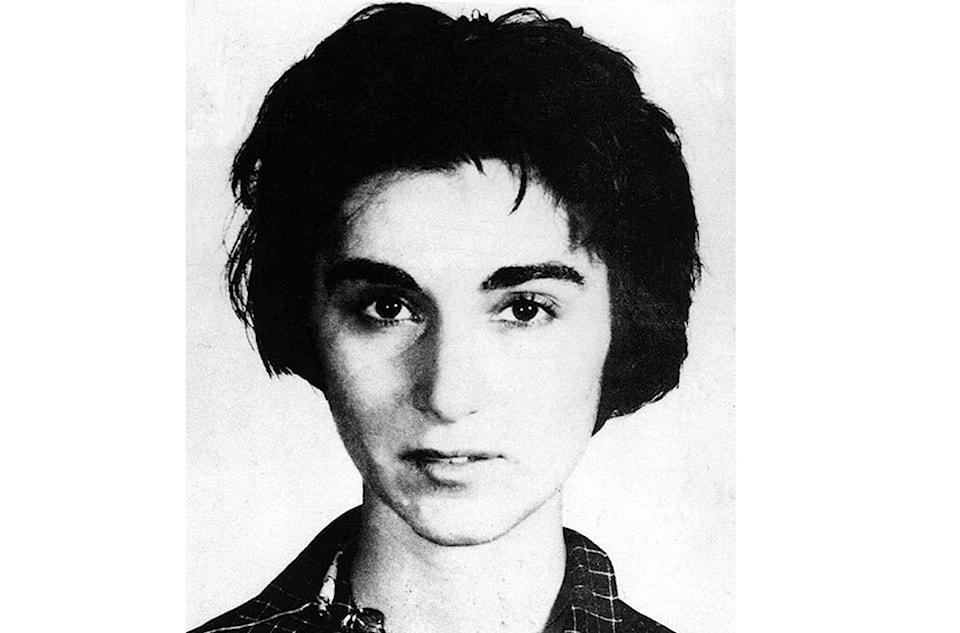By Mike Selby
“In 1964, Kitty Genovese was stabbed by a lone assailant just outside her apartment complex. Following the initial attack, she crawled to the apartment steps where she managed to cry out a number of times for help. Her assailant heard her screams, and seeing no one was coming to help her, returned to attack Ms. Genovese again until she was killed. Later investigators found that at least 38 people had heard her cries for help but no one even so much as called the police.”
So reads every single introductory psychology textbook from 1966 to the present. The murder of Kitty Genovese sparked psychological theory known as bystander effect (sometimes called bystander apathy). Decades of research has shown that people like Genovese’s neighbours weren’t indifferent to her suffering—they just concluded someone else would help her. Subsequent studies have illustrated that the larger the group of people, the less likely individuals are willing to help or intervene.
Genovese’s grisly death helped untold psychologists find their life work, was the impetus for the creation of 911 and Good Samaritan laws, and influenced numerous books, television shows and movies. When her youngest brother Bill was sent to Vietnam in 1966, the commander saw his last name and asked if he was related to Kitty. He knew the name from his college psychology course.
After returning from Vietnam (without his legs), Bill Genovese spent his time shielding his parents from media which would not let the story drop. But in 2004 — long after his parents had both passed — Bill along with documentary filmmaker James Solomon, sought to tell his sister’s real story.
And that story is the astounding fact that the psych textbooks got it wrong. Really wrong.
On that horrible day in 1964, there were only two — not 38 — eyewitnesses; and only half-a-dozen ear witnesses. Not only did the two people call the police, but one yelled for the attacker to “leave that girl alone.” 50-year-old Sophia Farrar, who was also awakened by Genovese’s screams, ran down two flights of stairs to help. She chased the attacker off and Genovese died in her arms.
Why are the actual facts of this case so incredibly far from what most everyone — including social scientists — collectively believe to be true?
It’s not the psychologists who messed up. The false narrative was created by the New York Times editor A.M. Rosenthal. After hearing about the murder from the Chief of Police, he assigned the story to reporter Martin Gansberg, who turned in a sensational story devoid of actual facts. Rosenthal chose to publish it anyway.
Two reporters from WNBC New York looked into it and knew the story was bunk. They confronted Gansberg who said the facts “would have ruined the story.” Gansberg’s mythical story not only reshaped history, but his article won numerous journalism awards.
Besides the truth of what actually happened, Bill also wanted people to know about his beloved sister’s life, instead of only her death.
Born in 1935, Catherine “Kitty” Genovese was raised in Brooklyn with four other siblings. A popular high school student, classmates described her as funny, full of life, and how she loved both English and music class. After graduation, her family relocated to Connecticut, but Genovese chose to stay in Brooklyn (the move triggered after her mother had witnessed a murder). Besides not wanting to live at home anymore, New York City offered Genovese something else she wouldn’t find in Connecticut at the time: an accepting LGBTQ+ community.
Vibrant, talkative, and extremely good with people, Genovese managed various bars and pubs, and moved in with her girlfriend Mary Ann Zielonko in 1963. The two spent their free time picnicking at Coney Island, dancing in the park, and driving around in Genovese’s red fiat. Sadly, Zielonko was fast asleep on that fateful evening and did not hear her girlfriend’s screams for help.
As Bill would tell the Washington Post, “people don’t remember the vivacious bar manager, the prankster, the beloved big sister. [All] they remember is a victim.
Mike Selby, BA, MLIS, is Programs & Community Development Librarian at the Cranbrook Public Library
